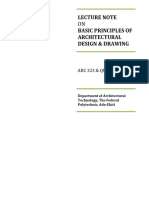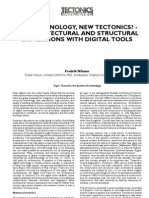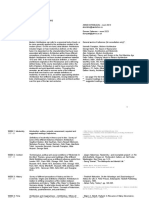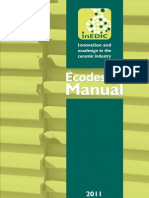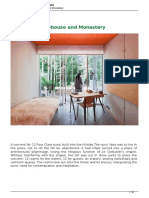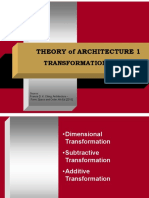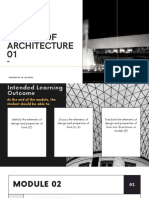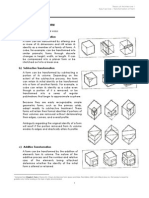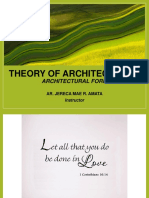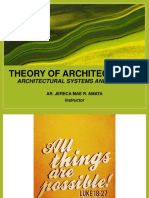0% found this document useful (0 votes)
118 views13 pagesTheory of Architecture 1 - Form Transformation
The document discusses the transformation of architectural forms through dimensional, subtractive, and additive changes. It describes how forms can be transformed by altering dimensions, subtracting volume, or adding elements while retaining or altering the original identity. The document is a lecture on architectural form transformation.
Uploaded by
lukoidsCopyright
© © All Rights Reserved
We take content rights seriously. If you suspect this is your content, claim it here.
Available Formats
Download as PDF, TXT or read online on Scribd
0% found this document useful (0 votes)
118 views13 pagesTheory of Architecture 1 - Form Transformation
The document discusses the transformation of architectural forms through dimensional, subtractive, and additive changes. It describes how forms can be transformed by altering dimensions, subtracting volume, or adding elements while retaining or altering the original identity. The document is a lecture on architectural form transformation.
Uploaded by
lukoidsCopyright
© © All Rights Reserved
We take content rights seriously. If you suspect this is your content, claim it here.
Available Formats
Download as PDF, TXT or read online on Scribd
/ 13



